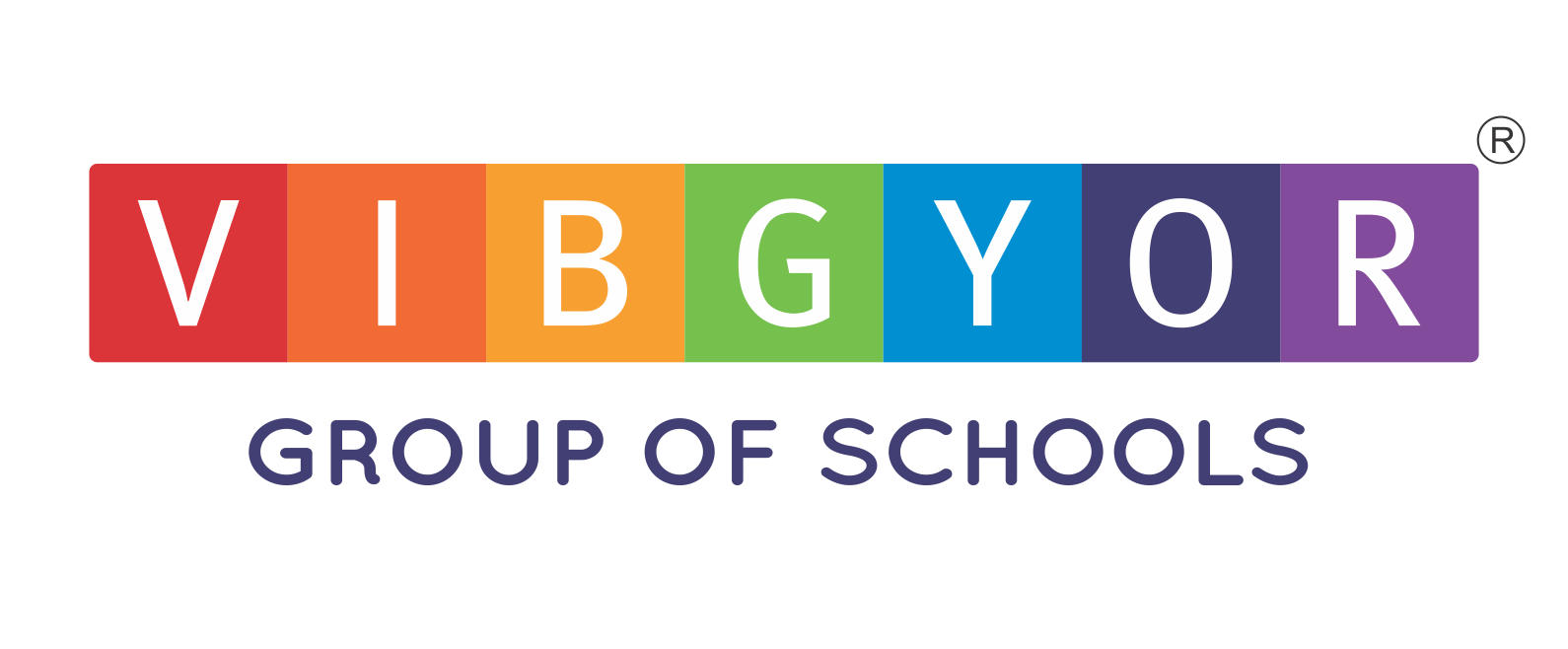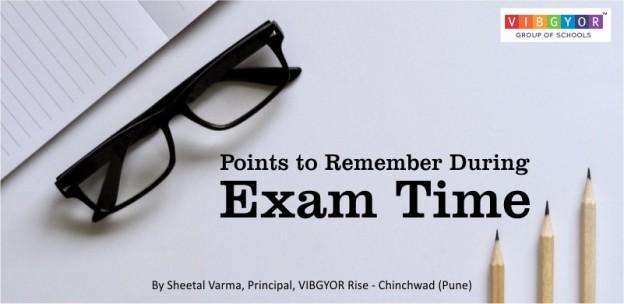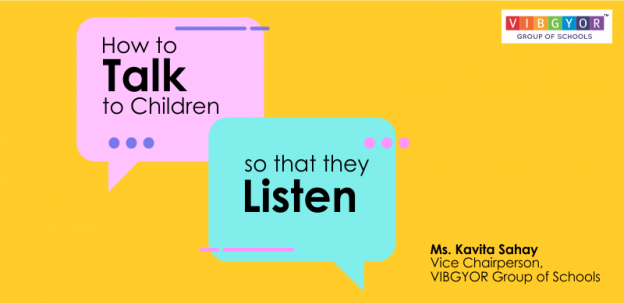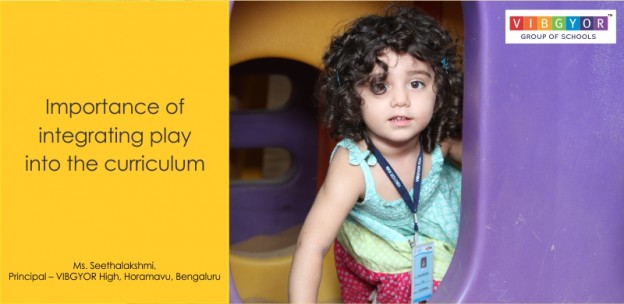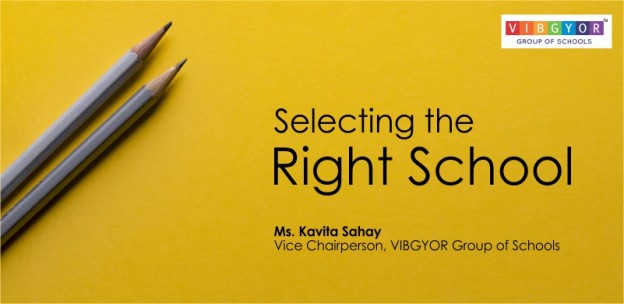Are you stressed due to your upcoming exams? Don’t be! Let us look at how we can help you lessen your stress and make the entire examination process smooth.
Remember the following points and we are sure you won’t be tensed during the exams.
Remember 3 C’s: Calm, Concentrate and connect
Most of the students panic during exam time. They prepare for the whole year for these days and finally when the exam days approach, they develop the fear of exams. Remember to remain calm, concentrate on your studies and stay well connected with the subjects you find difficult.
Proper planning of the syllabus:
It is a must to plan your day with certain target of completion of studies .This will set a timeline for you and will help you complete the portion on time.
Make sure there is enough time for revision before the exams and avoid reading any new topics at the last minute.
Healthy food:
Eat healthy and homemade food. It’s very important to remain fit and fine for the preparation of the exams so avoid outside food and eat lot of vegetables and fruits for healthy mind and body. Keep water bottle near you while studying as drinking water at regular intervals will keep fatigue at bay.
Avoid unnecessary discussions with the friends:
Discuss with your friends only if they can solve your subject related problems, avoid discussing how much portion they have covered. If your friends are lacking in the completion of their portion, then psychologically you will relax thinking you are ahead of them and if they are ahead then this could be the reason for you to panic and lose concentration.
Meditation and Yoga:
We understand it’s difficult to devote time for exercises during exam time but mediation for few minutes will help improve your concentration and breathing exercise will reduce fatigue.
Avoid electronic gadgets:
Never keep your mobile phones near you while studying as this diverts your attention. Choose place where there will be no distraction like T.V, music, etc…
Leisure time for rejuvenation:
Spare some time to have fun and enjoy some leisure time at regular intervals, which will help you rejuvenate and you can get back to studies with full spirit.
Trust yourself:
Be confident and self-motivator. Exams are not the end of the world but they are a part of the school/college life and education system. Life is full of opportunities so enjoy every phase of the life.
Ms. Sheetal Varma,
Principal, VIBGYOR Rise – Chinchwad (Pune)
